July’s Buck Moon: The Best Images Of July’s Supermoon
3rd Jul 2023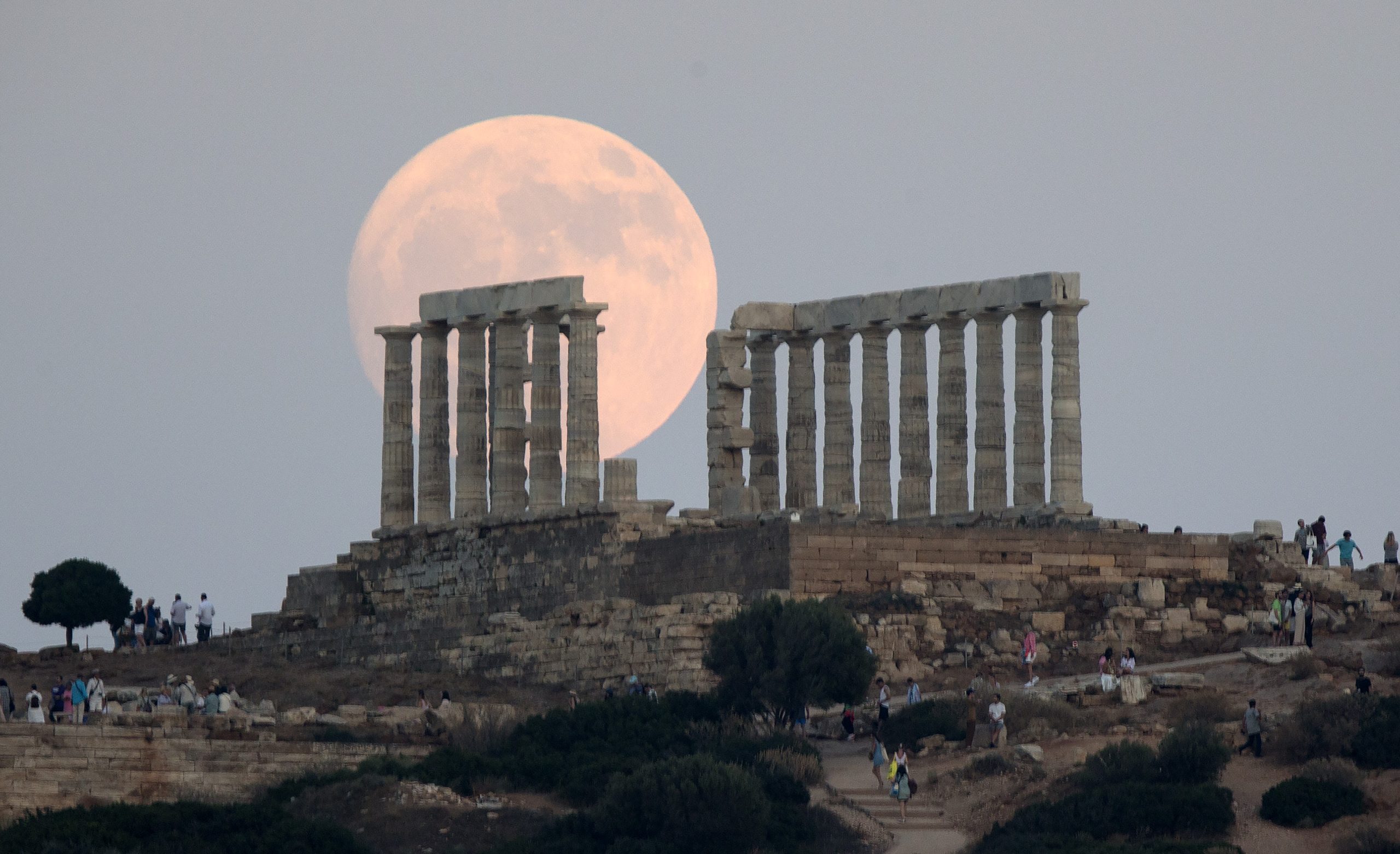
On Monday, 3rd July, the full moon, known as Buck Moon, will kick off an exciting sequence of four consecutive supermoons. Skywatchers are in for a treat as these supermoons will showcase a larger and brighter lunar disk in the night sky.
Why do we have ‘supermoons’?
The Buck Moon of 2023 holds even more anticipation as it heralds the beginning of this extraordinary four-part supermoon series. While supermoons generally enhance the moon’s brightness by about 30% and expand its apparent size by approximately 14% from our earthly vantage point, these distinctions often go unnoticed without careful and regular observation.
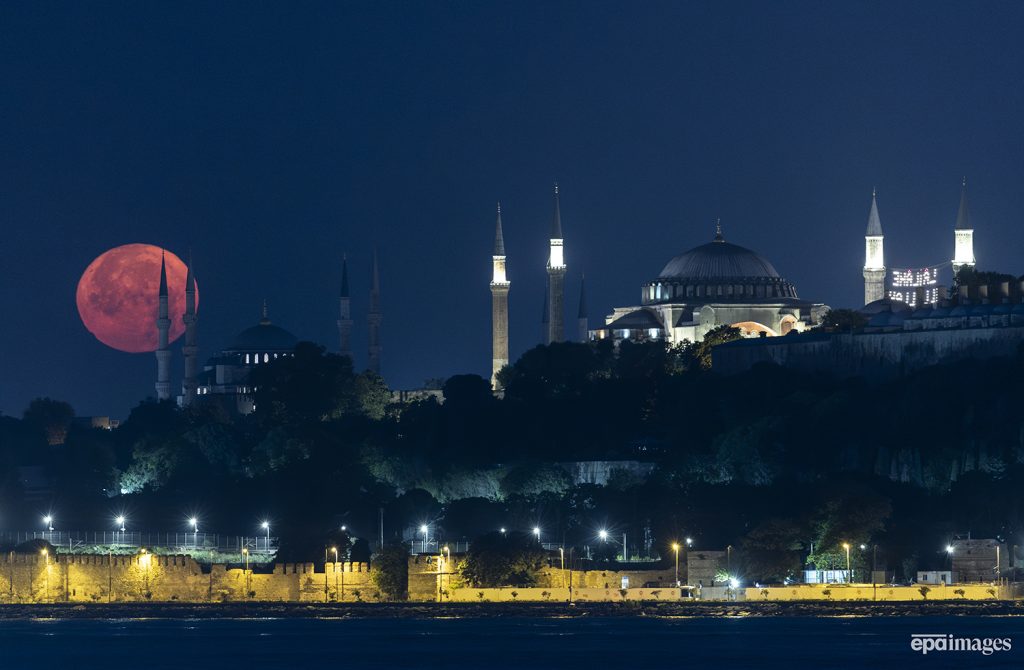
Supermoons occur when the moon approaches its closest proximity to Earth during a full moon phase. During the July Buck Moon, the moon will be a mere 224,895 miles (361,934 kilometres) away from Earth, in contrast to its average distance of approximately 238,000 miles (382,900 km). This phenomenon arises from the elliptical nature of the moon’s orbit around our planet, which appears as an elongated circle or oval. In simple words, a supermoon occurs when the moon aligns with both the full moon phase of its 29.5-day lunar cycle and reaches perigee, the closest point to Earth in its orbit.
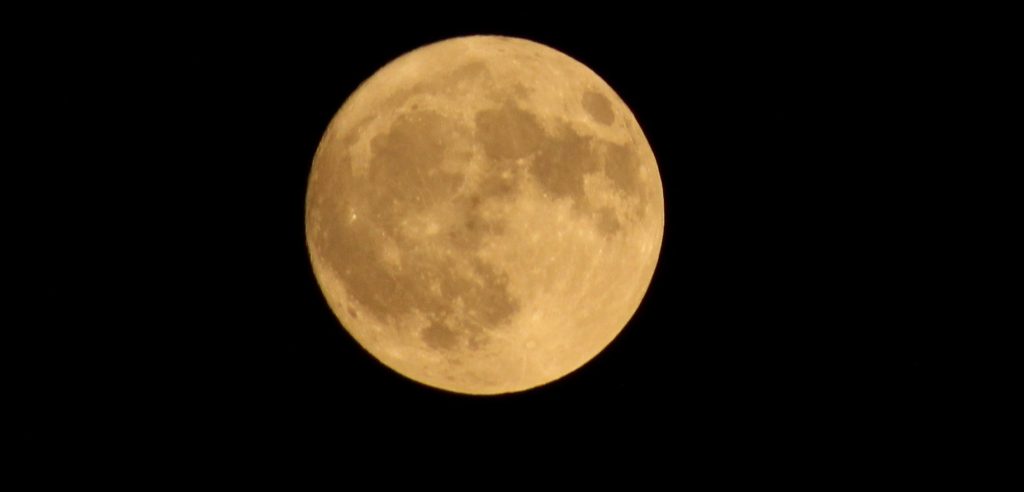
Why July’s supermoon is called ‘Buck Moon’?
The moon appearing this month is commonly referred to as the buck moon. According to the almanac, July is the time when male deer experience a cycle of shedding and regrowth, leading to the growth of their antlers.
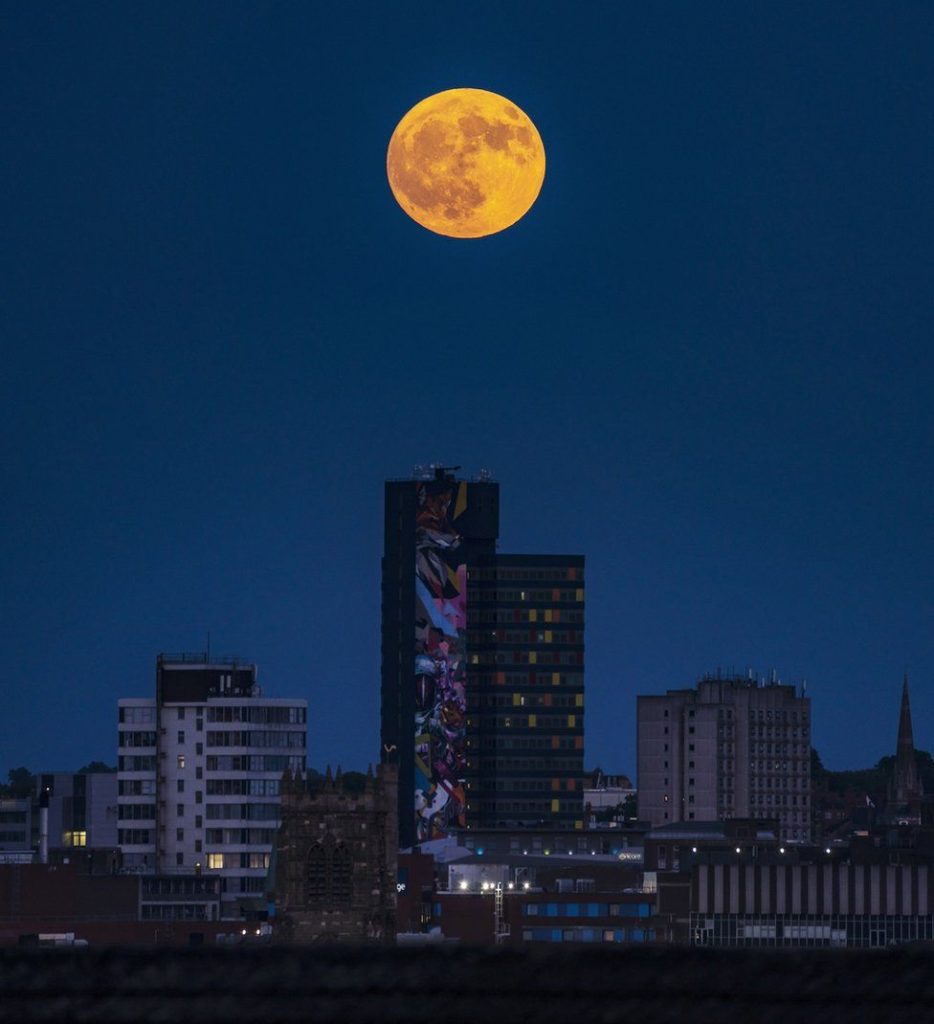
Various Native American peoples have bestowed different names upon the buck moon, as noted by Western Washington University. These names include hot moon, which alludes to the summer season, as well as raspberry moon and ripe corn moon, which signify the optimal periods for harvesting fruits and crops.

While a typical year consists of 12 full moons, 2023 will offer an extraordinary count of 13 lunar events. In August, there will be two supermoons, with one of them being a blue moon, signifying the closest lunar proximity to Earth for this year, as detailed in The Old Farmer’s Almanac. The fourth and final supermoon of 2023 will grace the night sky on September 29.

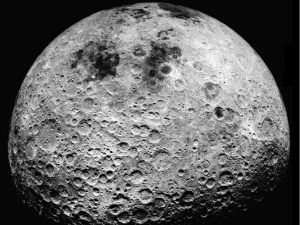




Thank you for your comment! It will be visible on the site after moderation.